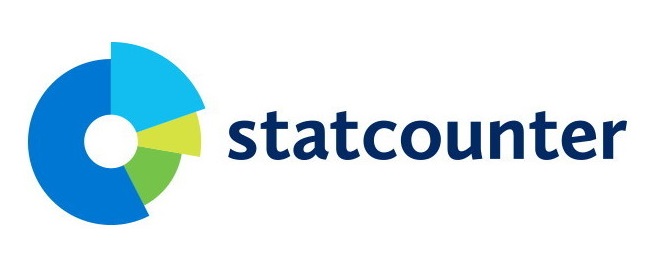PEMODELAN REGRESI NONPARAMETRIK SPLINE TRUNCATED KASUS KEJADIAN DIARE DI PROVINSI BALI
Abstract
Nonparametric regression is a flexible approach used to determine the relationship between the predictor variable and the response variable is unknown. One method that can be used to estimate nonparametric regression models is the truncated spline. The truncated spline is an effective method to estimate nonparametric regression models due to its ability to adapt to the data's characteristics through knots. Truncated spline estimates its parameters with the maximum likelihood estimator (MLE) method and finds the optimal knot points with the minimum generalized cross validation (GCV) value. This study used the truncated spline to model diarrhea cases in Bali Province, examining five variables that could affect incidence. The optimal knot points were 2-1-3-3-2 with a minimum GCV value of 67572,38. The study found that the number of clean drinking water facilities, food management places that meet health requirements, public places that meet health requirements, population density, and access to proper sanitation facilities had a significant effect on diarrhea incidence. The coefficient of determination for this model is 98,87%.
Downloads

This work is licensed under a Creative Commons Attribution 4.0 International License.

This work is licensed under a Creative Commons Attribution 4.0 International License.









